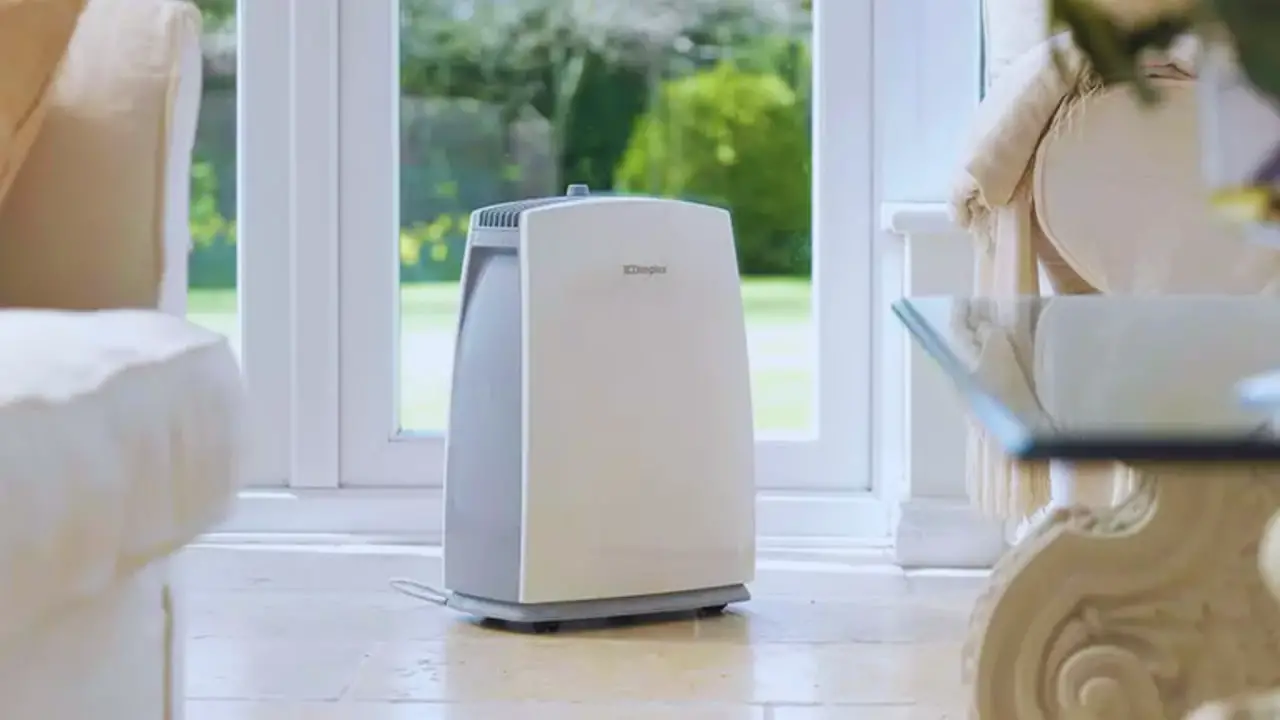Did you know that gray water collected from a dehumidifier can be put to use in a variety of ways? By reusing gray water, we can help conserve fresh water and ultimately reduce our utility bill. That’s right, gray water produced by your dehumidifier every day is perfectly safe to water your plants with – but make sure it’s not a food crop as the gray water isn’t safe to drink. what to do with dehumidifier water?
You may also use collected gray water to wash your car, replace collected rainwater in small garden ponds or top up a bird bath. Get creative and start collecting gray water today; you’ll save more fresh water while lowering your utility bills.
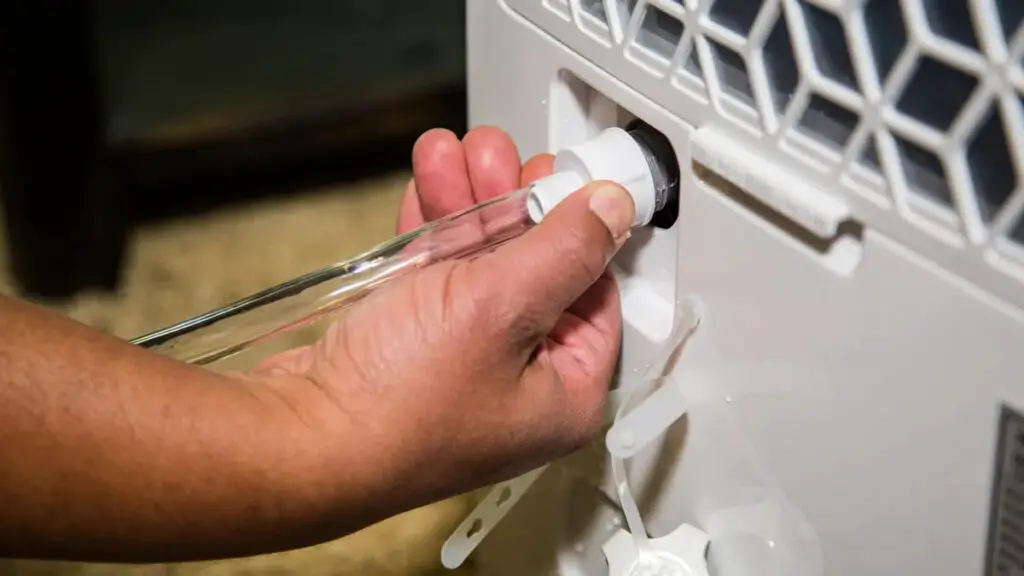
What to do with dehumidifier water?
How Dehumidifiers Collect Water
A dehumidifier collects water vapor from the warm air in its environment and stores it in a reservoir. Unfortunately, collected water isn’t safe for humans to consume but that doesn’t mean it has no value! In fact, collected water can be used to water plants both indoors and outdoors. Not only is collected water useful for keeping plants hydrated, but it’s also an excellent way to conserve water since collected water does not have to be filtered through municipal systems first. Therefore, investing in a dehumidifier pays off more than just on your monthly energy bill; it’s also incredibly helpful for our planet!
You may also be interested: Humidifier tips: What kind of water to use in humidifier
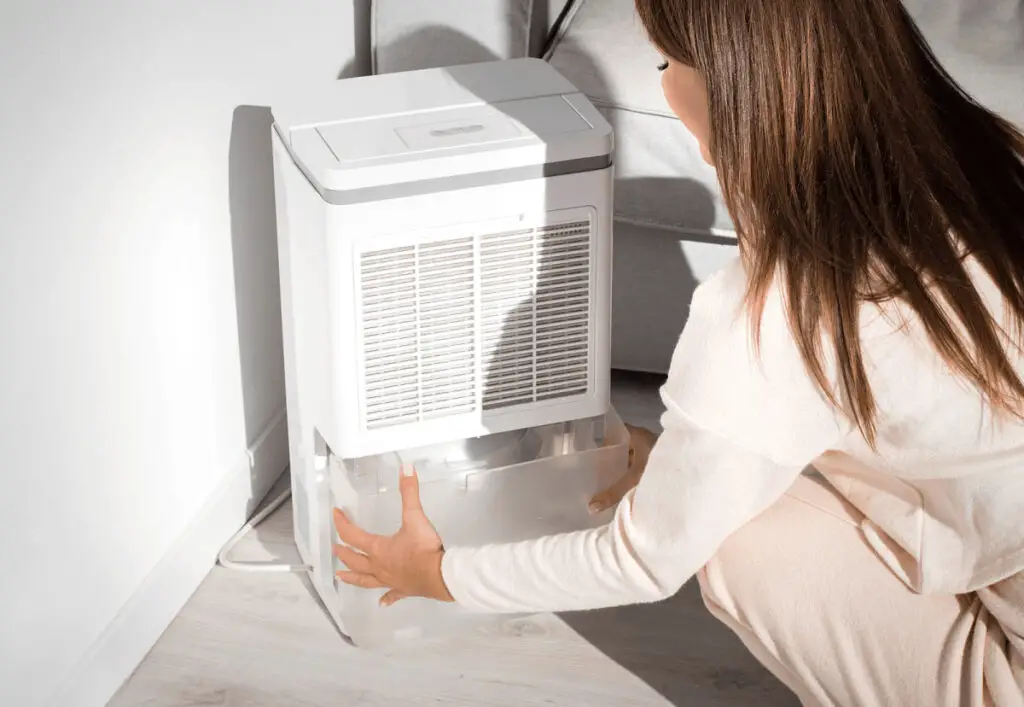
Water Your Plants
Recycling water from a dehumidifier can be a great way to irrigate outdoor plants and flowers while saving on human consumption and flushing toilets. During the growing seasons, when the dehumidifier generally produces the most water, homeowners can easily use the humidifier’s output in a watering can for outdoor gardening purposes.
However, it is important to know that dehumidifier water may contain small amounts of lead. Thus, homeowners should never use this recycled water on edible plants, which can absorb those contaminants and raise lead levels in fruits and vegetables to dangerous levels. To keep human consumption safe, they should simply rely on their cooling coils as an alternative source line and opt for different methods for human consumption such as well water or city irrigation systems.
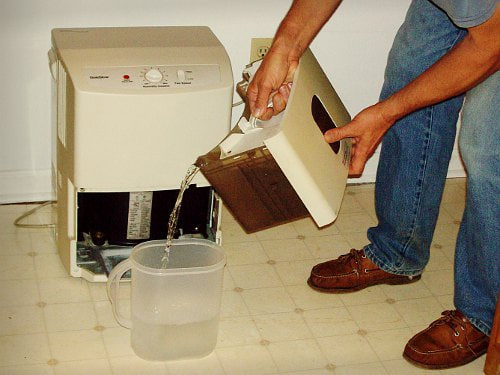
Use It for Cleaning
Create a hygienic and powerful cleaning solution at home by combining water from your dehumidifier reservoir with soap or one of your favorite concentrated cleaners. Scrub away dirt, grime and any lurking bacteria – leaving you feeling reassured that the surfaces around your house are safely germ-free!
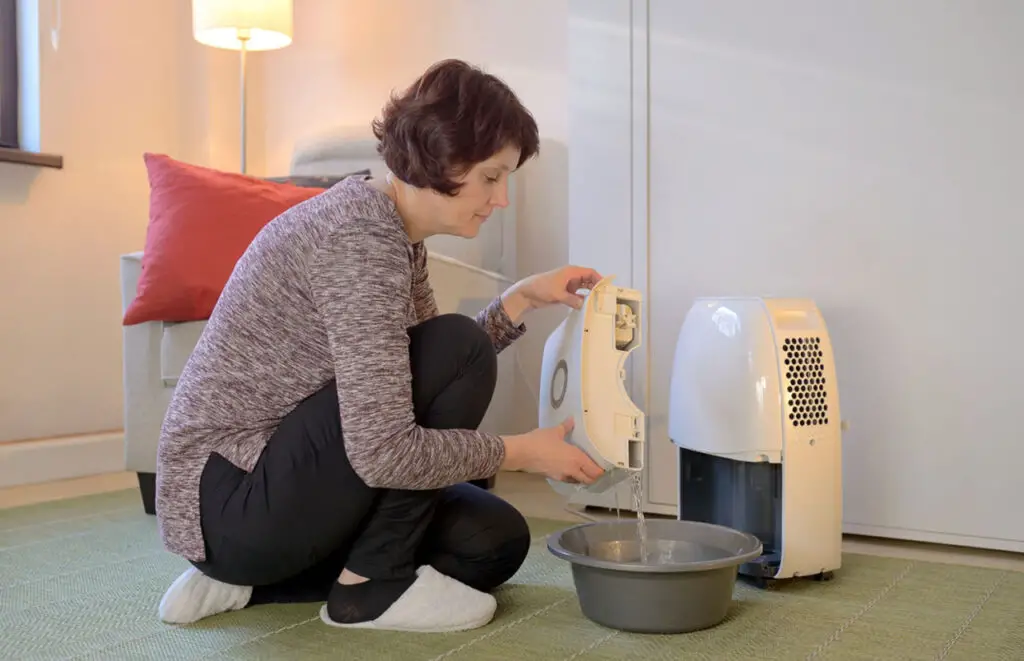
Pour It into a Steam Iron
Did you know that ironing with distilled water from a dehumidifier can help save your clothing and wallet? Minerals in tap water, which evaporate as steam when used for ironing, build up on an iron’s soleplate until the tank is completely clogged. Not only does this lead to stained clothes but it doesn’t come cheap either; store-bought distilled waters aren’t inexpensive! To take advantage of all these benefits without breaking the bank be sure to read through your manual first – only certain irons are made safe for use with condensed distillated air.
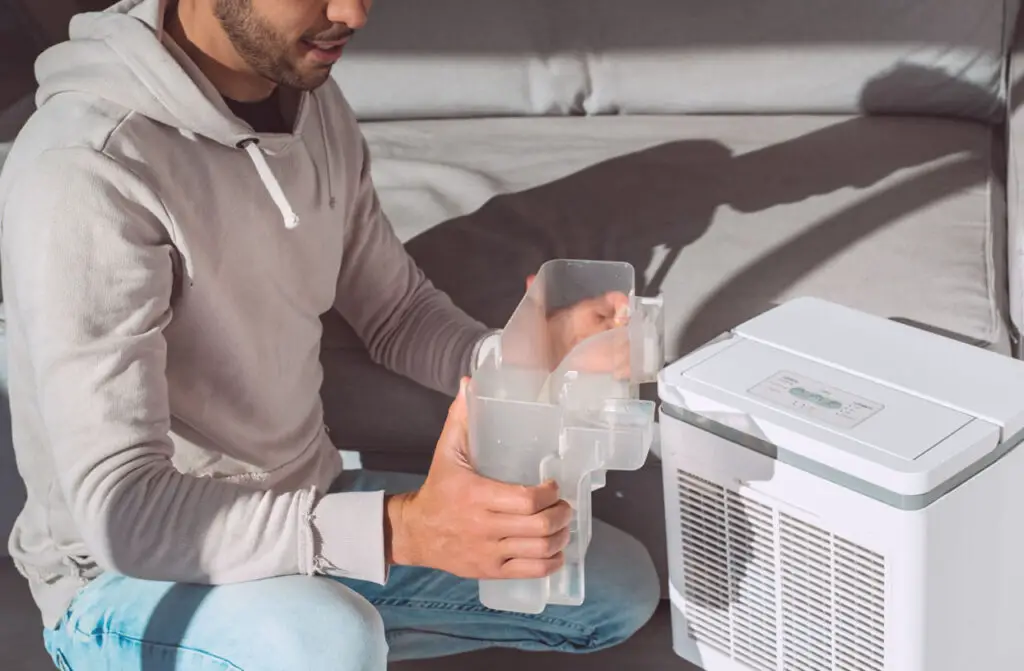
Fill the Radiator
Keep your car’s radiator in the best shape by adding a mix of antifreeze and mineral-free dehumidifier water to its coolant tank. Not only will it prevent any potential build up from tap water, but this 50:50 mixture is also proven to extend the lifespan of your vehicle – leaving you on the open road for longer!
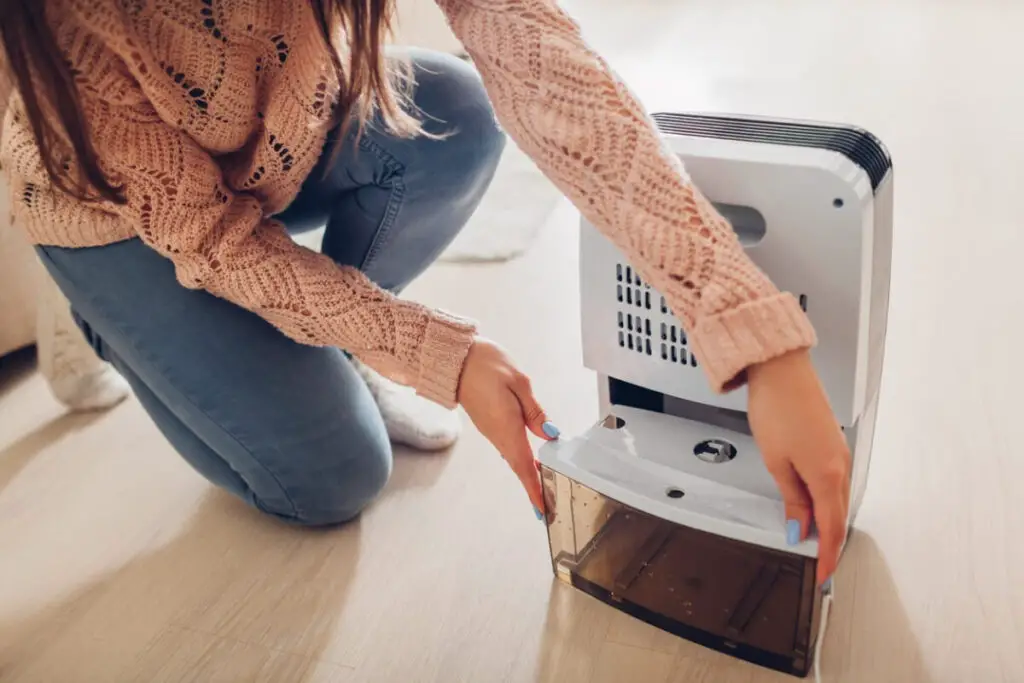
Refill Your Toilet Tank
Make the most of your dehumidifier and conserve water at the same time with this simple trick: Place a bucket beside your toilet to manually refill the tank after each flush, instead of relying on new water from its supply line. Doing so can save approximately 1.6 gallons per flush—a small action for big savings!
Wash the Car
Instead of wasting water when washing your car, why not use dehumidifier water instead? Mix the moisture-laden liquid with a non-abrasive dish soap or car wash concentrate in a bucket. You’ll be cleaning up any potential bacteria while also avoiding those pesky mineral deposits that come from tap water and leave you with spotty drying results.
What can I do with the water from the dehumidifier?
Tell me a good reason to keep this water for future use: Wet plant. Toilets cleaned. Once you’re ready, pour dehumidification in a bowl. = = = = Clean your floors. … Wash your vehicle. … Iron your clothing.
Can you pour dehumidifier water down the drain?
Many dehumidifiers use thread spigots to hook up an hose that drains water. If you have floor drains or basement sinks you may move them with the help of gravity. The water has always been taken out by the air, then into the system, before dumping into the drainage.
Do you have to dump water from a dehumidifier?
Most portable dehumidification systems are accompanied with a water storage unit often known as ‘a tank’ or ‘a bucket’. It is emptied twice daily to reduce the size of the unit.
Where should I dump dehumidifier water?
Put dehumidifier water in the container for watering your house plants or the outdoor gardens. Since dehumidifications normally make the most water during growing times, it can provide excellent recycling.
Read more: The ultimate guide to choosing the best humidifier for pets

